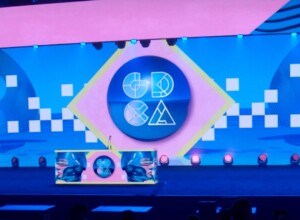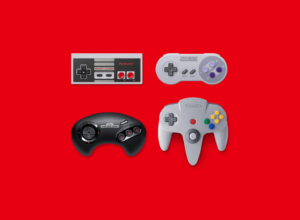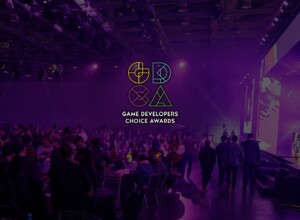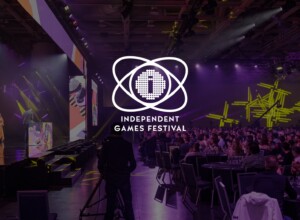The Nintendo Switch is a hit with indies, but for how long, and what can Nintendo do to ensure studios thrive?
Cast your mind back to January 2017, and Nintendo’s big reveal event for the Switch. Remember all those fretful articles that followed, worrying about the lack of games? A year on and the Switch is swimming with games, or, more accurately, it’s drowning in them.
Nintendo – plus a decent smattering of third-parties – has done an admirable job in ensuring that the Switch enjoyed a solid first year on the market. And with growing support from independent studios, the console has really flourished. A quick look on the Switch eShop shows that there are currently over 640 games now available, and it’s easy to see why.
Indie games are perfect for the Switch. They are great to play on a big screen, and they usually don’t feel compromised when played in handheld mode. The console has picked up where the PlayStation Vita left off, and is nibbling at the heels of the Xbox One and PlayStation 4 as the console platform of choice for many indie enthusiasts.
Nindie success
There are multiple examples of indie studios – or Nindies (urgh) – who have found success on Nintendo’s console. Stardew Valley, Rocket League, and Oxenfree are rarely out of the eShop’s Top Ten. SteamWorld Dig 2 also performed well, and LizardCube’s Switch edition of WonderBoy: The Dragon’s Trap, out-paced other versions. Last month, Graceful Explosion Machine developer, Vertex Pop, also spoke about their success with Switch. Add in other top performers like Golf Story, Overcooked, and Celeste, and it seems like everyone’s a winner.
But there’s a sense that the bubble might burst due to the volume of games, the deficiencies of the eShop, and the poor quality of many titles.
Quantity not quality
During one week in April there was a total of 25 games released on the Nintendo Switch eShop. At one end of the scale were titles like Jotun and Agatha Knife, solid games that are worth some attention. And then there are 23 other releases of variable quality – games like Glaive: Brick Breaker, Sky Rogue, and 12 Orbits – sloshing around, trying to get some attention.
Part of the problem is that the Switch is still playing catch-up. Developers and indie publishers are tapping into catalogues that stretch back five or six years. This, combined with the influx of third-rate Steam re-releases and mobile ports, means that the eShop is constantly churning through new releases. Few of them have any time to make an impression on the eShop storefront before they bumped out of sight by the next batch of new games.
The Nintendo eShop
It’s easy to blame the design of the Switch’s virtual storefront, but it’s far from the worst example of a digital games store. In many respects it’s refreshingly simple. The Recent Releases, Coming Soon, and Current Offers sections break things down intuitively enough, but the rate of change means that a daily visit is required if you want to keep on top of what’s on offer.
It appears that Nintendo has simply been caught out by the volume of games coming to the Switch, and as a result the eShop is buckling under the sheer weight of numbers.
Fortunately, changes appear to be coming. Nintendo’s indie liaison, Damon Baker, spoke at this year’s Game Developer’s Conference, saying:
“I can assure you steps are being taken over the course of the year to improve the functionality in terms of discoverability and visibility, to highlight all of that great content.”
The Nintendo Seal of Quality
Another problem is the quality of games coming to the Switch. Putting a game out on the Nintendo eShop isn’t as simple as releasing one on Steam, but despite Nintendo’s assurances that quality controls are in place, there is a surfeit of cheap, poorly-made titles that recall the worst excesses of Wii and DS shovelware.
The cream should rise to the top, but we’ve heard of a number of indie studios who have released well-made and postively-reviewed games in the past few months, only to sell a handful of copies. Under 100, units in some cases.
Stores like Steam and GoG have a larger content-to-screen ratio, and while they are by no means perfect, better titles can be highlighted for longer. The eShop is urgent need of some additional curation to ensure good games are not lost in an increasingly long list that treats the superb Mulaka, and the forgettable No Thing, equally.
In addition to giving the eShop a redesign, Nintendo either has to up its game in terms of quality control, or, if wants an open marketplace where any professional developer can release a game, it has to take a more active role in identifying the highest quality titles, and making sure they are not missed by Switch owners.
The last thing players and developers need is a Nindie apocalypse that, with a little thought, can easily be avoided.






